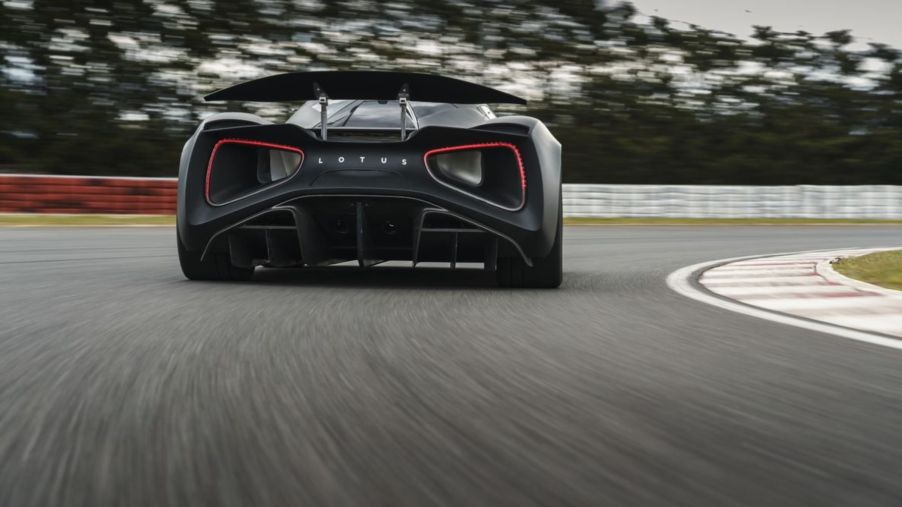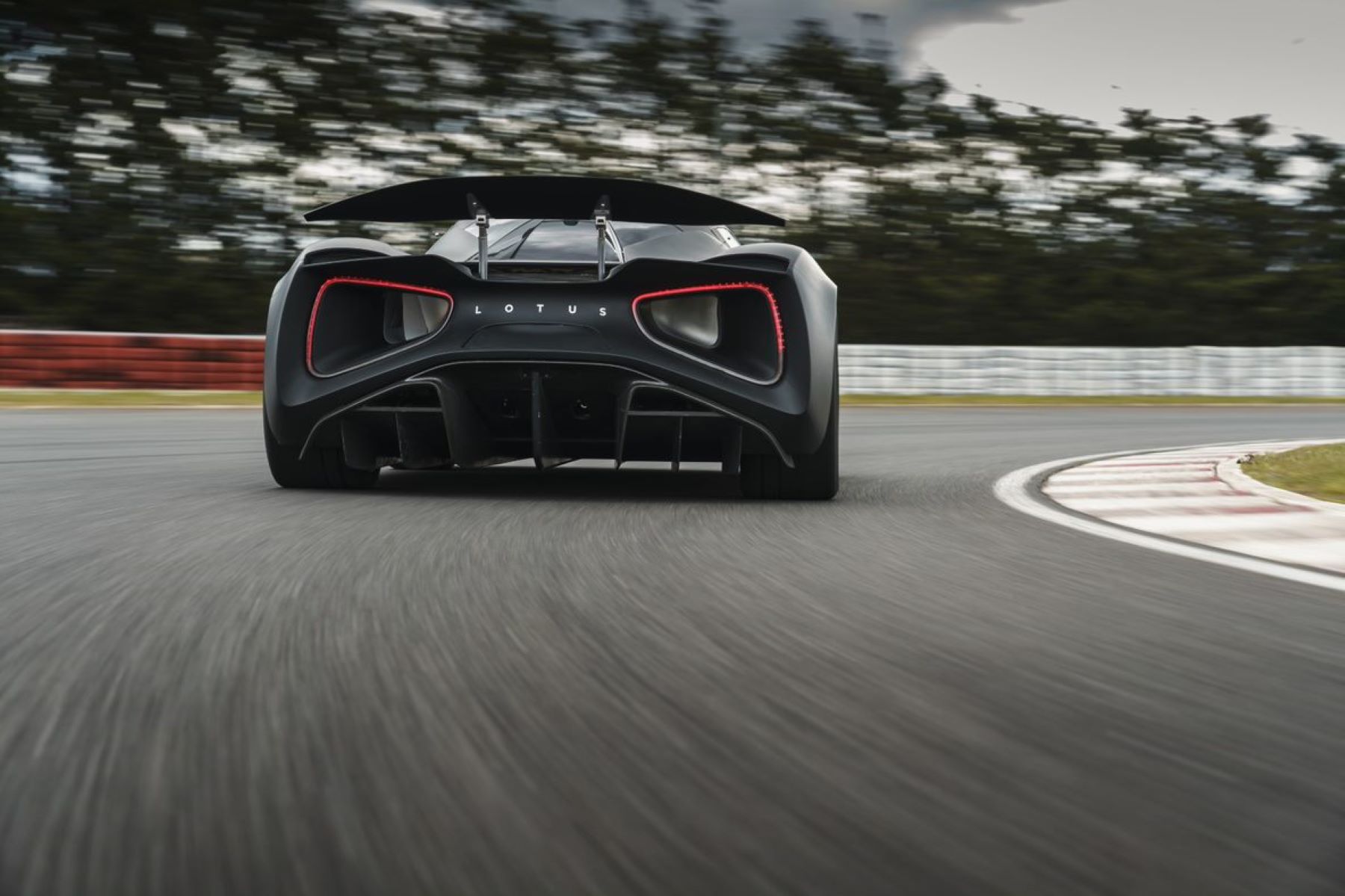
The Fastest Electric Car in the World Has a 0-60 MPH Time of Under 2 Seconds and Isn’t a Tesla
Not that long ago, EVs and other eco-friendly cars had a persistent stereotype about them. Thanks to the Toyota Prius hybrid, many people thought an EV would be slow and weak. However, this stereotype has been broken down and destroyed in recent years. Nowadays, there are a lot of high-performance EVs on the market, but surprisingly, the fastest electric car in the world isn’t a Tesla.
The runner-ups for the fastest EV in the world

According to Car Magazine, one of the more powerful runner-ups was the Lotus Evija, a supercar valued at over $2 million. The Evija has four electric motors that produce 1,971 horsepower and 1,254 lb-ft of torque. This potent combo allows it to accelerate from 0 to 60 mph in less than 3 seconds and top out at over 200 mph.
Additionally, while Tesla didn’t produce the fastest EV in the world, it did make a couple of the runner-ups. Tesla’s brand-new high-performance Plaid+ trim for the Model S is one of the fastest EVs right now. It has three electric motors that produce 1,020 horsepower and 1,050 lb-ft of torque. This gives it a 0 to 60 mph speed of fewer than 1.99 seconds, and it can also top out at about 200 mph.
There’s also the second generation of the Tesla Roadster. Tesla hasn’t started producing this version yet, and it’s also not clear how powerful it will be in terms of horsepower. However, according to Car Magazine, the second-generation Roadster should be able to go from 0 to 60 mph in just 1.9 seconds, and it should top out at over 250 mph.
The Aspark Owl is the fastest EV in the world in terms of acceleration
While those numbers seem impressive, Car Magazine said that ultimately, the Aspark Owl is the fastest EV in terms of acceleration. Like the Evija, the Owl is a supercar worth over $2 million. It’s also equipped with four electric motors, which generate a combined 1,984 horsepower and 1,475 lb-ft of torque. They ultimately allow the Owl to go from 0 to 60 mph in just 1.69 seconds and top out at 249 mph.
That being said, in terms of top speed, the Owl isn’t in first place in terms of how fast it can go. That honor went to the Rimac Nevera instead. Like the Owl and the Evija, the Nevera is a $2 million supercar. It also has four electric motors that produce 1,914 horsepower and 1,735 lb-ft of torque. This allows the Nevera to accelerate from 0 to 60 mph in just 1.85 seconds. Additionally, it ultimately tops out at 258 mph.
A look at the slowest EV on the market
While these high-performance EVs are extremely expensive and fast, the slowest EV on the market is the complete opposite. According to InsideEVs, the slowest EV on the market is the 2021 Hyundai Ioniq Electric. Not only that, but the Ioniq Electric was so weak in other areas that Hyundai ultimately decided to kill off the car after the 2021 model year.
For a price tag of about $34,000, customers who bought the Ioniq Electric got a car with a single electric motor that generated 134 horsepower and 218 lb-ft of torque. This allowed it to accelerate from 0 to 60 mph in a leisurely 10 seconds, and it only topped out at 102 mph. On top of that, its tiny 38.3-kWh battery only provided about 170 miles of range, which is far below average for an EV.


